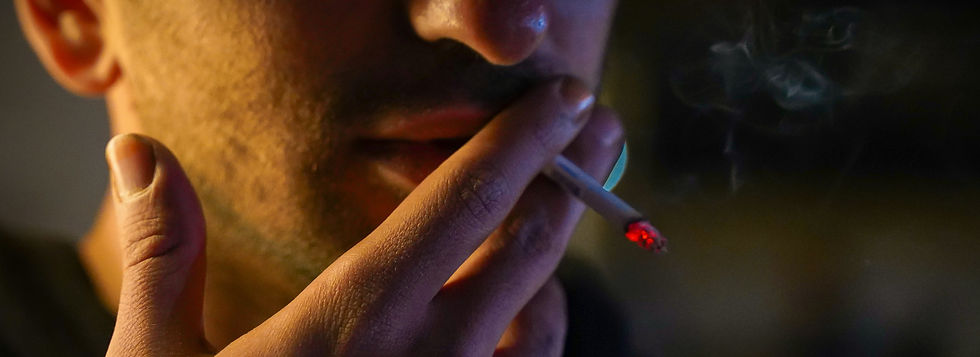WHO steps up fight against tobacco use in Western Pacific
- Admin

- Oct 7
- 2 min read

By Pacific Island Times News Staff
Governments in the Western Pacific have made progress in advancing their tobacco control laws and expanding smoke-free environments. The sale of e-cigarettes, for example, is banned in 10 countries in the region, including Palau, the Cook Islands, the Marshall Islands and Nauru.
Yet, tobacco use remains one of the deadliest public health threats in the region, killing more than 3 million people every year, according to the World Health Organization.
“Despite decades of efforts to combat this scourge with significant progress on several fronts, more than one in five people still use tobacco products in this region of over 2.2 billion people, and the industry continues to adapt with new tactics and products to keep profits flowing,” WHO said.
From October 20 to 24, governments will gather in Fiji for the 76th WHO Regional Committee for the Western Pacific to discuss how to close gaps and take decisive and urgent actions to achieve the 2030 target of reducing tobacco use by 30 percent.

The 30-30 goal was set under the Regional Action Plan for Tobacco Control endorsed by the member states in 2019.
“From conventional cigarettes to smokeless tobacco and e-cigarettes, every product is designed to hook people into a lifetime of addiction, and every delay in stronger action costs health and lives,” said Dr Saia Ma’u Piukala, WHO regional director for the Western Pacific.
While smoking remains the leading cause of tobacco-related deaths, Ma’u Piukala noted that the risk exacerbates the burden of non-communicable diseases.
“With tobacco-related illness linked to a range of often-fatal illnesses from heart diseases to cancer, it’s critical that member states gathering at our upcoming regional committee meeting step up urgent action to deliver our shared commitments,” Ma’u Piukala said
WHO has adopted evidence-based and cost-effective approaches to decreasing the incidence and dangers of NCDs, including those that address key risk factors such as tobacco use, alcohol consumption, unhealthy diet and physical inactivity.
However, the progress is offset by several factors, such as the availability of affordable tobacco products.
WHO noted that new products often marketed as “less harmful” alternatives come in fruity flavors and sleek designs to appeal to younger people, creating a new generation of addicts.
Tobacco taxation, the most cost-effective Best Buy intervention, is still underused.
Industry interference continues to obstruct policies through lobbying, marketing, including to children and young persons and outright disinformation.
Enforcement gaps exist even when strong laws are in place, due to resource gaps and limited multisectoral collaboration.
“Governments have powerful tools at their disposal, but they must use them,” said Dr, Hiromasa Okayasu, director of Health Promotion at the WHO Western Pacific Regional Office. “Bold action now can prevent millions of premature deaths, sharply reduce healthcare costs, benefit the economy and create a tobacco-free generation across Asia and the Pacific.”
Subscribe to
our digital
monthly edition






